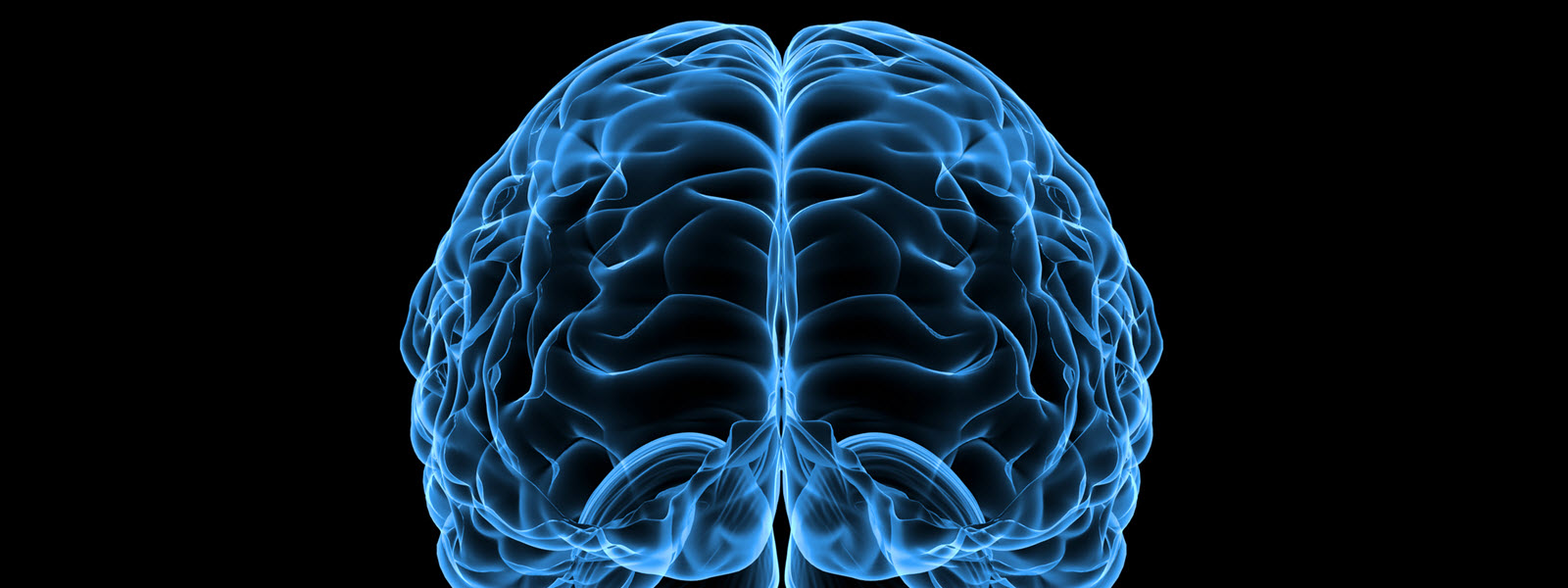Most of the time as a data scientist I get asked the question, what is the difference between Machine Learning and Statistical Learning? Even though you would think that the answer is obvious, there are a lot of novice data scientists that are still confused about those two approaches.
As a beginner data scientist, it is hard for you to see the differences between the two, and it is probably due to how we learn Data Science. To become a data scientist, you are required to develop knowledge in multiple subjects such as Statistics, Programming, SQL, Linear Algebra and have the domain expertise. Hopefully, you will start your journey with Statistics, and most of the data scientists believe that this is the foundation in Data Science and I cannot disagree with them.
After, when you get comfortable with Statistics, then, eventually, expand your horizons within Data Science, by sailing away from all too familiar, small datasets such as Titanic, Iris, Cars, Diamonds, etc. to more uncharted territories, to a new world of Big Data. Nevertheless, with your confidence in Statistical Learning, you will probably take on a big data challenge and hope to generate insight from your data by applying Statistical Learning techniques. I don’t want to disappoint you, but not much value will be formed from this method. This is because you incorrectly approached the situation, you applied a statistical learning solution to a machine learning problem. I cannot stress enough the importance of understanding the differences between those two.
To prevent novice data scientists from the future disappointments, I have composed a list of differences between Statistical Learning and Machine Learning to aid you on your journey to success.
Here are some of the differences:
- Both methods are data dependent. However, Statistical Learning relies on rule-based programming; it is formalized in the form of relationship between variables, where Machine Learning learns from data without explicitly programmed instructions.
- Statistical Learning is based on a smaller dataset with a few attributes, compared to Machine Learning where it can learn from billions of observations and attributes.
- Statistical Learning operates on assumptions, such as normality, no multicollinearity, homoscedasticity, etc. when Machine Learning is not as assumptions dependent and in most of the cases ignores them.
- Statistical Learning is mostly about inferences, most of the idea is generated from the sample, population, and hypothesis, in comparison to Machine Learning which emphasizes predictions, supervised learning, unsupervised learning, and semi-supervised learning.
- Statistical Learning is math intensive which is based on the coefficient estimator and requires a good understanding of your data. On the other hand, Machine Learning identifies patterns from your dataset through the iterations which require a way less of human effort.
Even though most will argue that Machine Learning is superior, and to some extent, I will agree. On the contrary, with the application of Statistical Learning, you familiarize yourself better with your data which help you to build that needed confidence in your modeling.


“However, Statistical Learning relies on rule-based programming; it is formalized in the form of relationship between variables, where Machine Learning learns from data without explicitly programmed instructions.”
1. Can you give a reference for how you reached this conclusion? As in what did you consider as the authoritative source for these definitions?
2. Could you give an example of “rule-based programming” and contrast it with “learns from data without explicitly programmed instructions”?
Thanks!